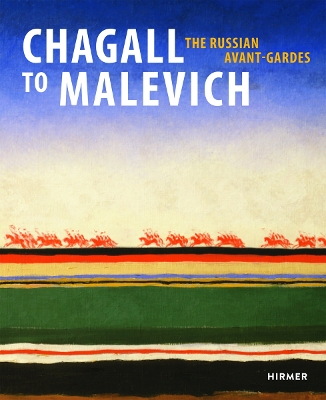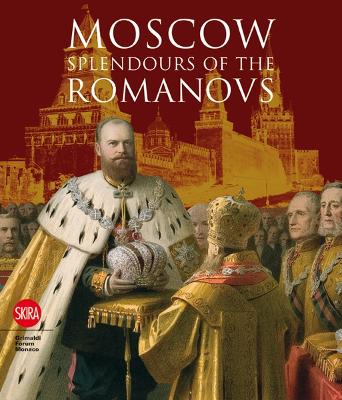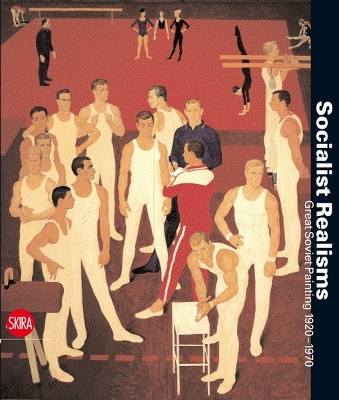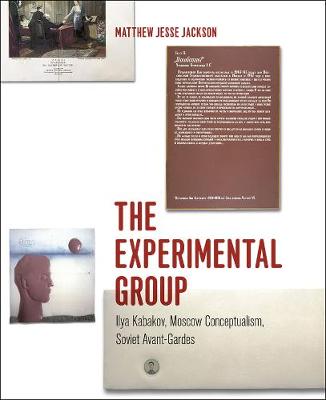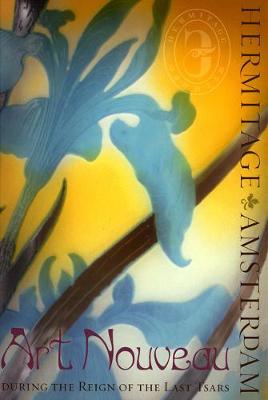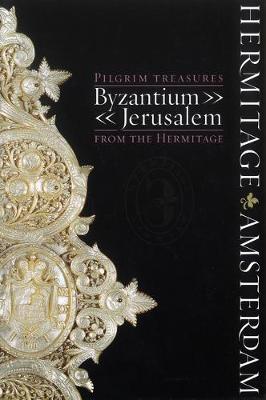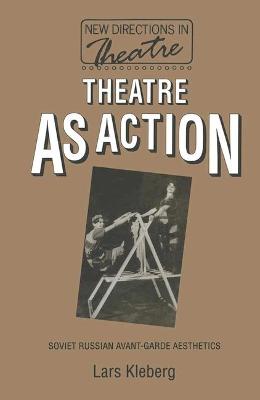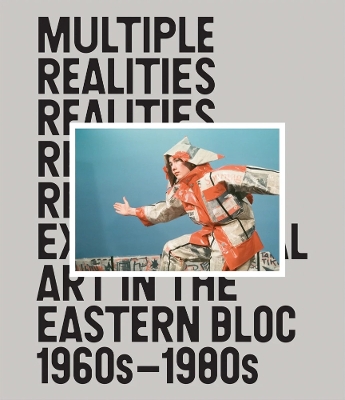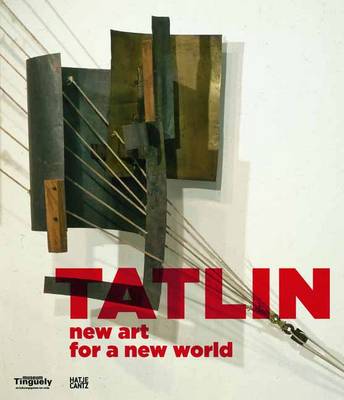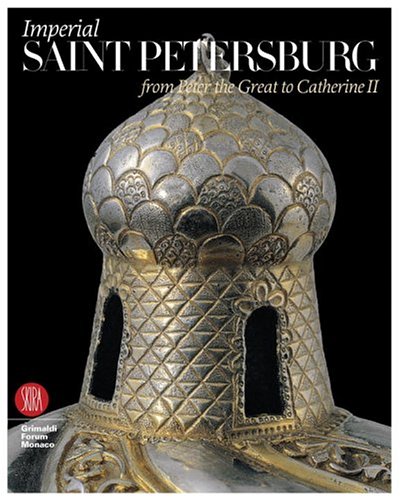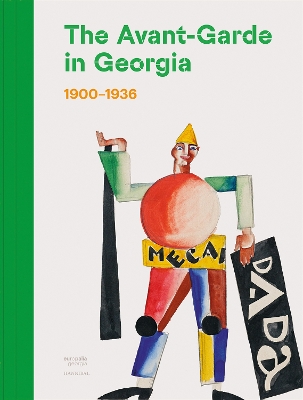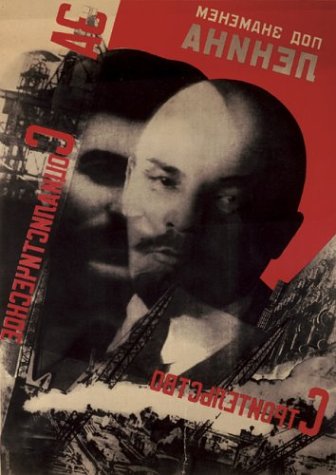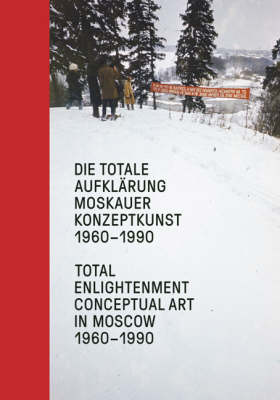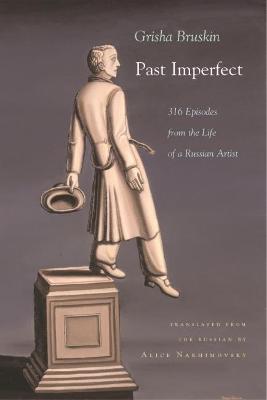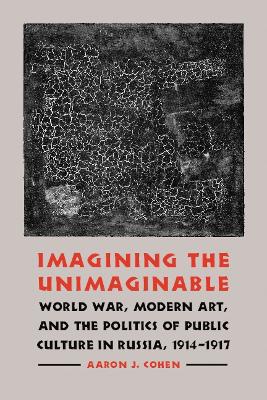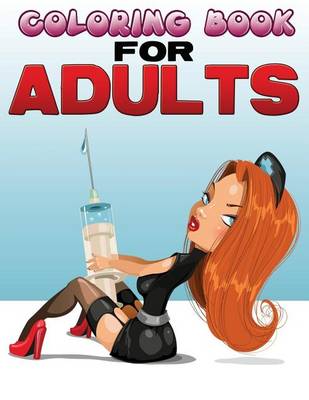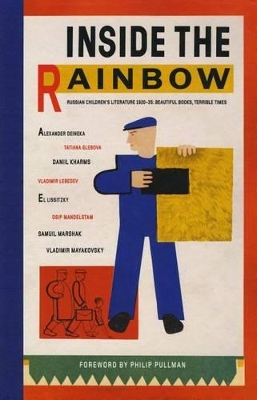The Russian Avant-Garde, which brought about an artistic revolution between 1905 and 1934, represents one of the most fascinating chapters in the history of 20th-century art. Artists like Malevich, Kandinsky and Chagall are highly esteemed the world over. But this movement was much more diverse than is generally realised. For the first time this artistic wealth is being presented in a major sequence of pictures. 140 masterpieces of painting demonstrate the parallel development of widely differen...
The development of Soviet realist painting over fifty years through a selection of works from Russia’s leading museums. Socialist Realism was and remains an exceptional phenomenon in twentieth century art. It bore the challenge of promoting realist figuration on a scale without parallel in the rest of the world, employing the talents of thousands of artists over decades and spreading over an immense and varied empire. By glorifying the social role of art, affirming the primary value of content a...
A compelling study of unofficial postwar Soviet art, The Experimental Group takes as its point of departure a subject of strange fascination: the life and work of renowned professional illustrator and conceptual artist Ilya Kabakov. Kabakov's art-iconoclastic installations, paintings, illustrations, and texts-delicately experiments with such issues as history, mortality, and disappearance, and here exemplifies a much larger narrative about the work of the artists who rose to prominence just as...
Art Nouveau During the Reign of the Last Tsars
by Tamara Rappe, Elena Anisimova, Natalia Guseva, Marina Lopato, and Frans Leidelmeijer
Art Nouveau during the Reign of the Last Tsars accompanies the Hermitage Museum's exhibition in Amsterdam of the vast collection of Art Nouveau objects bestowed on the Russian court as diplomatic gifts. France was particularly generous as part of its strategy to enlist the support of Russia in the Franco-Prussian war of 1870. Galle, the Daum brothers, Carl Faberge and Rene Lalique are just a few of the artists acquired by the tsars and by wealthy private citizens. Buyers included Tsar Alexander...
Pilgrim Treasures from the Hermitage
by Vincent Boele, Yuri Piatnitsky, and Vera Zalesskaya
"Pilgrim Treasures from the Hermitage: Byzantium-Jerusalem" presents the highlights from the splendid collection of pilgrims' souvenirs in the State Hermitage Museum, St Petersburg: oil lamps and bronze crosses from the Early Byzantine period (4th to 7th centuries), icons and reliquaries from the 10th to the 13th centuries, and pilgrims' souvenirs in mother-of-pearl and fish-bone icons from the 18th and 19th centuries. Christianity found its way to Russia from Byzantium, bringing in its wake new...
After the 1917 revolution, Russian and Soviet avant-garde theatre attempted to create a new art for post-revolutionary society. This reconsideration of the Russian avant-garde theatre investigates the burgeoning new drama/theatre forms of the period. Kleberg considers assumptions made about the audience and by the audience, and seeks to determine whether discrepancies existed between the two. Offering fresh insights into the modernist period of Russian theatre, Theatre as Action provides a new t...
A massive panorama of Eastern Europe’s postwar avant-gardes, featuring both canonical and lesser-known artists Multiple Realities offers a sweeping survey of experimental art made in six Central Eastern European nations—GDR, Poland, Czechoslovakia, Hungary, Romania and Yugoslavia—during the 1960s to 1980s. Despite their geographical proximity, artists working during this time encountered different conditions for daily life and art-making, confronting varying degrees of control and pressure exer...
Painter, architect, engineer, set designer, father to the Russian Constructivist movement, inventor of the "counter-relief" and author of one of modernism's greatest icons, the "Monument to the Third International," Vladimir Tatlin blazed an incredible trail of innovation through the glory years of the Soviet avant-garde. Nevertheless, "Not the old, not the new, but the necessary" was his motto; having spent his early years as an icon painter, Tatlin eschewed the modernist disavowal of heritage...
Imperial St.Petersburg from Peter the Great to Catherine II
by Brigitte de Montclos and D. V. Lioubin
This is an exploration of one of the oldest forms of artistic expression. James Opie has been travelling among the tribes of Iran, Iraq and Afghanistan since 1970, and his book describes and discusses the ancient roots of tribal weavings and the development and significance of the common patterns and traditions which they display. From an examination of the Pazyryk rug, the oldest complete rug of a complex design worked nearly 2500 thousand years ago and uncovered from the frozen tomb of a Siber...
Wassily Kandinsky was undoubtedly one of the most exciting artists of the twentieth century. He brought an equal passion and commitment to his work as a painter, a theoretician and a teacher of art. After conventional beginnings in Munich, he devoted his intellectual and artistic energies to pioneering new dimensions of expression in art. He ultimately arrived at an abstract style of painting based on the inner properties of colour and form. Although Kandinsky may not be the first truly abstract...
The Avant-Garde in Georgia
by Nana Kipiani, Irine Jorjadze, and Tea Tabatadze
In the turbulent global context following the fall of the Russian Empire and the October Revolution, Georgia declared its independence in 1918. Between then and the beginning of Soviet rule in 1921, an Avant-Garde creative scene burgeoned. Artists met, mainly in the many taverns and cafés in Kutaisi and the capital Tbilisi, to organise multidisciplinary events. Their frequent collaborations and interactions, which bore the imprint of Georgian tradition and Western and Eastern influences, took va...
Chaim Soutine was an eccentric both in life and on the canvas. His wild painting style inspired many younger artists and leaves no one who sees his work today cold. His path led from a shtetl in the Russian Empire to Paris, from bitter poverty to the heights of artistic success. His works include shocking still lifes, unbounded landscapes, and solemn portraits of people getting by in dark times.
Total Enlightenment is a superb and much-needed survey of the Conceptual movement in late- and post-Soviet Russia, a movement which even today remains still relatively unknown in the West. The book owes its title to a 1974 essay by the influential theorist Boris Groys, in which he asserted that Moscow artists held a unique relationship to the traditional art of Russia, which set them apart from their Western role models and contemporaries. He also noted that, for these artists, who were laboring...
Past Imperfect (Judaic Traditions in LIterature, Music, and Art)
by Alice Nakimovsky
As a soviet underground artist, Grisha Bruskin was propelled to prominence after the unprecedented success of his paintings at the Sotheby Moscow auction of 1988. Since then his work has been exhibited all over the world at the Guggenheim, the Pushkin Museum of Fine Arts in St. Petersburg, Russia, and the Jewish Museum in New York. Past Imperfect deftly captures the artist's experiences as a Jew in Russia, the reality of life in an empire permeated by ideology, and the centrality of family. Satu...
The wave of change that has swept Russia since the fall of Communism has now revealed masterpieces hidden away and guarded as state secrets including some of the finest works by Degas and Van Gogh. The Hermitage Museum put them on show for the first time in half a century. This book displays the paintings in full colour, together with details and associated or complementary works to show their context.
Imagining the Unimaginable (Studies in War, Society, and the Military)
by Aaron J. Cohen
As World War I shaped and molded European culture to an unprecedented degree, it also had a profound influence on the politics and aesthetics of early-twentieth-century Russian culture. In this provocative and fascinating work, Aaron J. Cohen shows how World War I changed Russian culture and especially Russian art. A wartime public culture destabilized conventional patterns in cultural politics and aesthetics and fostered a new artistic world by integrating the iconoclastic avant-garde into the...
"Inside the rainbow" reprints for the first time in English a unique compendium of Soviet picture books from the 1920 and 1930s - a highpoint in the history of children's literature. In the dark and dangerous world of revolutionary Petrograd, a group of Russian poets and artists, among the greatest of the century, came together to create a new kind of book for children about to enter a Brave New World. ...These artists and writers dreamed of endless possibilities in a new world where children an...
